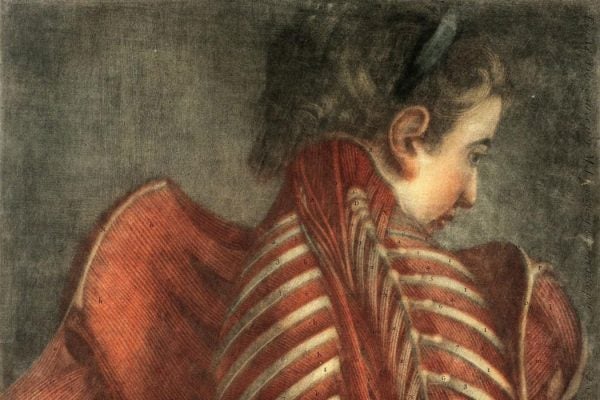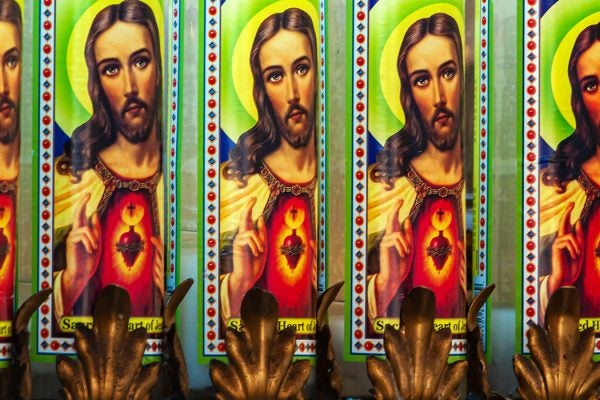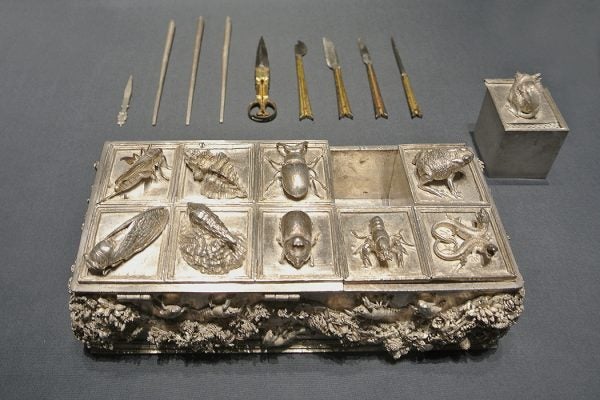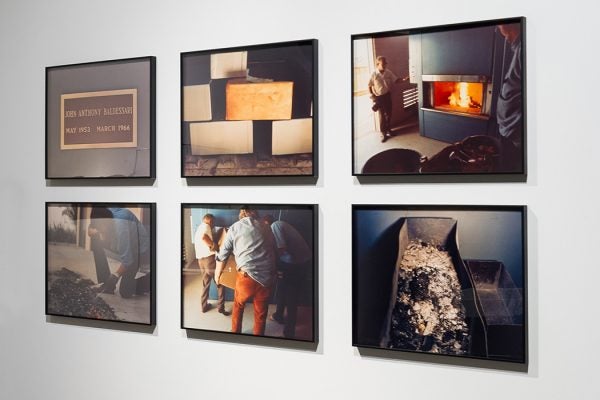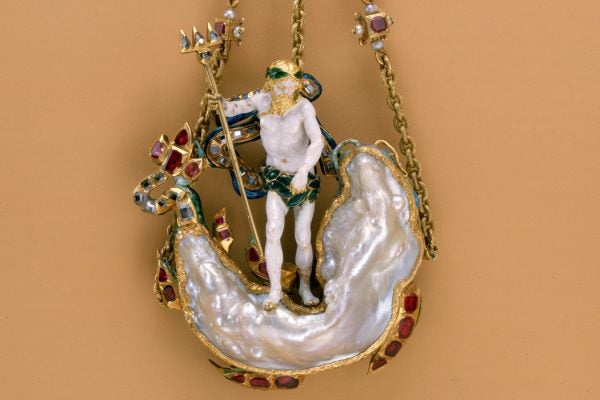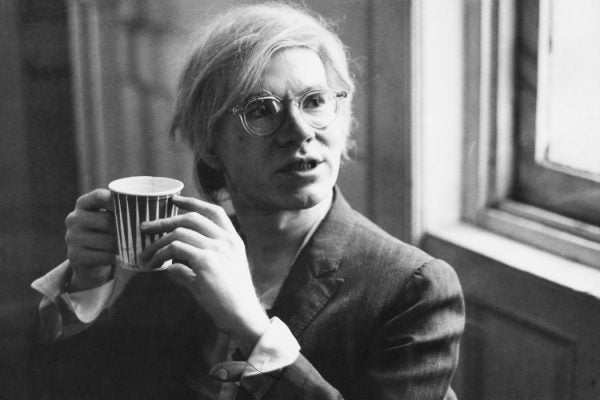Anti-Imperialist Propaganda Posters from OSPAAAL
OSPAAAL, the international, pro-communist organization formed in 1966, decried American imperialism with powerful propaganda.
The Wellcome Collection—Perfect Medicine for the Incurably Curious
Pharmacy genius, Henry Solomon Wellcome amassed a lot of knowledge—and amazing tchotchkes too.
In Defense of Kitsch
The denigration of kitsch betrays a latent anti-Catholicism, one born from centuries of class and ethnic divisions.
Diorama, qu’est-ce que c’est?
Before his daguerreotype, the French inventor Louis Daguerre unveiled a new kind of “virtual reality” on a British stage.
Was Modern Art Really a CIA Psy-Op?
The number of MoMA-CIA crossovers is highly suspicious, to say the least.
How Renaissance Artisans Turned Live Animals into Silver
Lifecasting was the renaissance art of making sculptures using molds taken from real-life plants and animals.
Why John Baldessari Burned His Own Art
The artist's "Cremation Project" of 1970 marked a liberation from the tradition of painting and a step toward a more encompassing vision.
Wait, Why Are the Parthenon Marbles in London?
Lord Elgin went beyond his original mandate, amassing a vast store of treasures, one scholar notes.
The Lumpy Pearls That Enchanted the Medicis
There’s a specific term for these irregular pearls: “baroque,” from the Portuguese barroco.
